
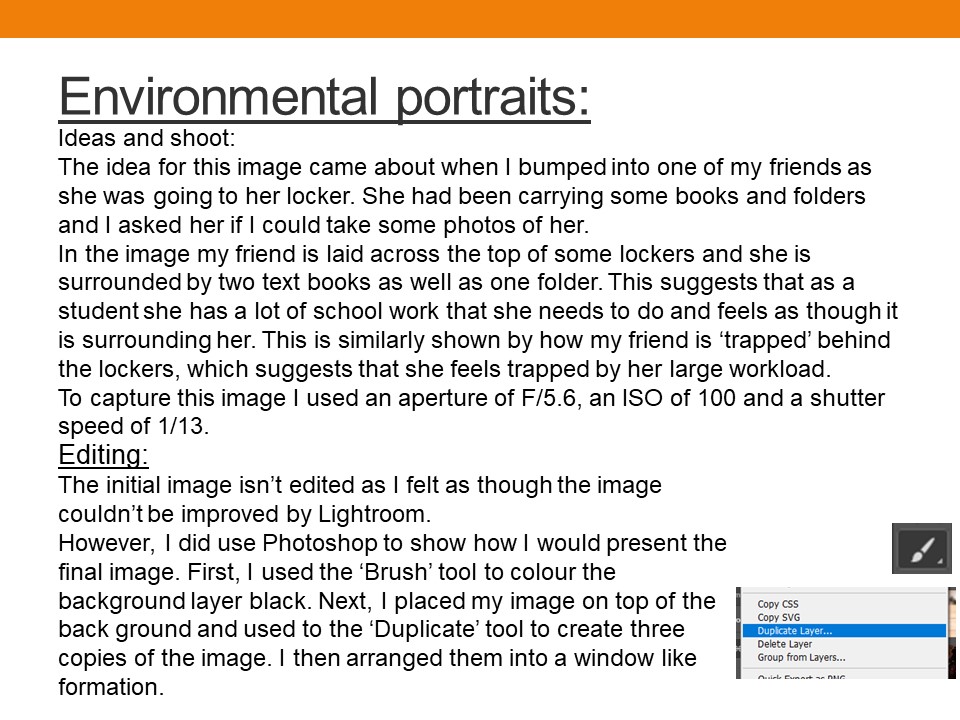
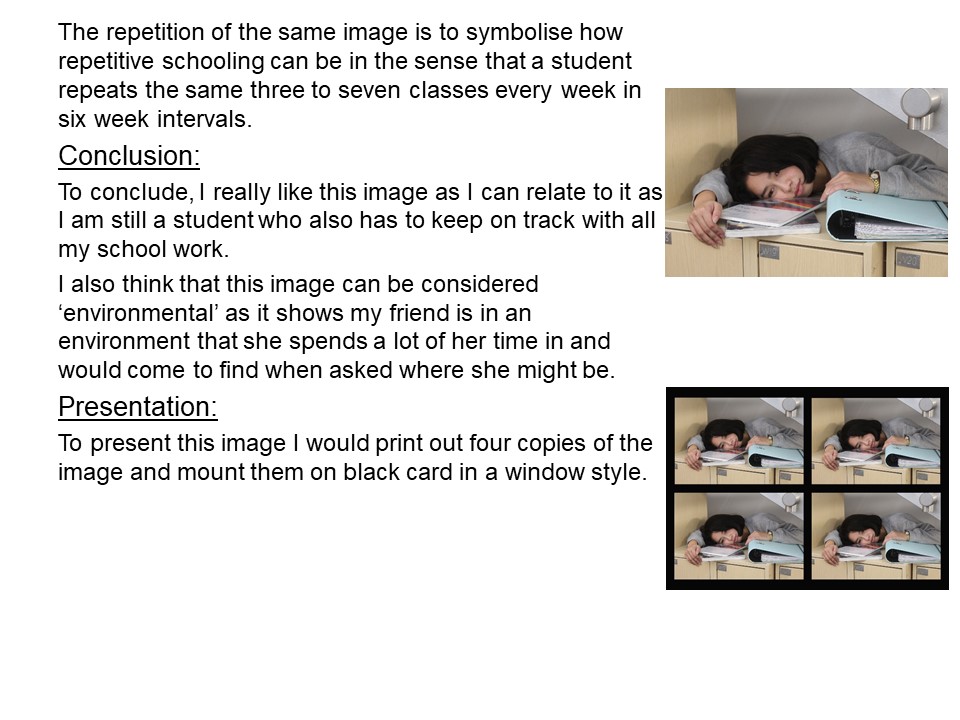

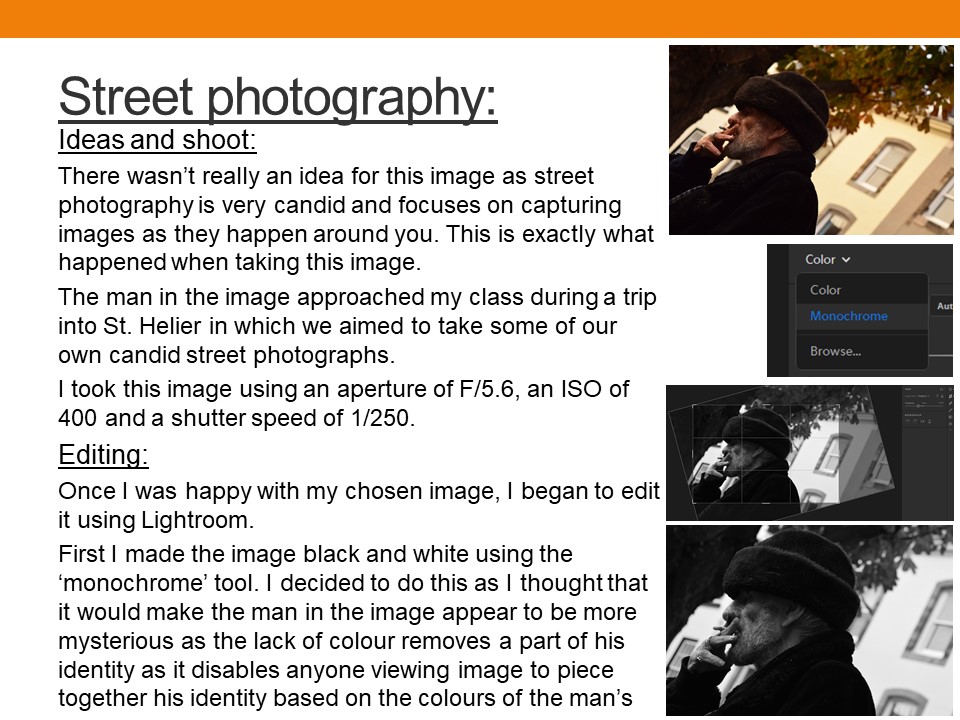
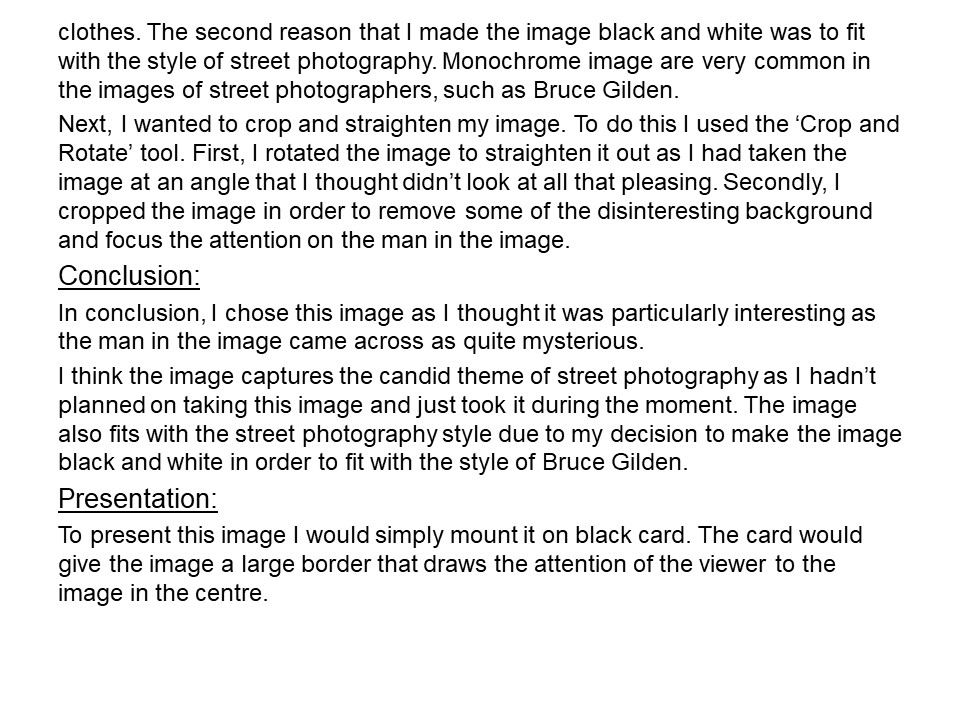
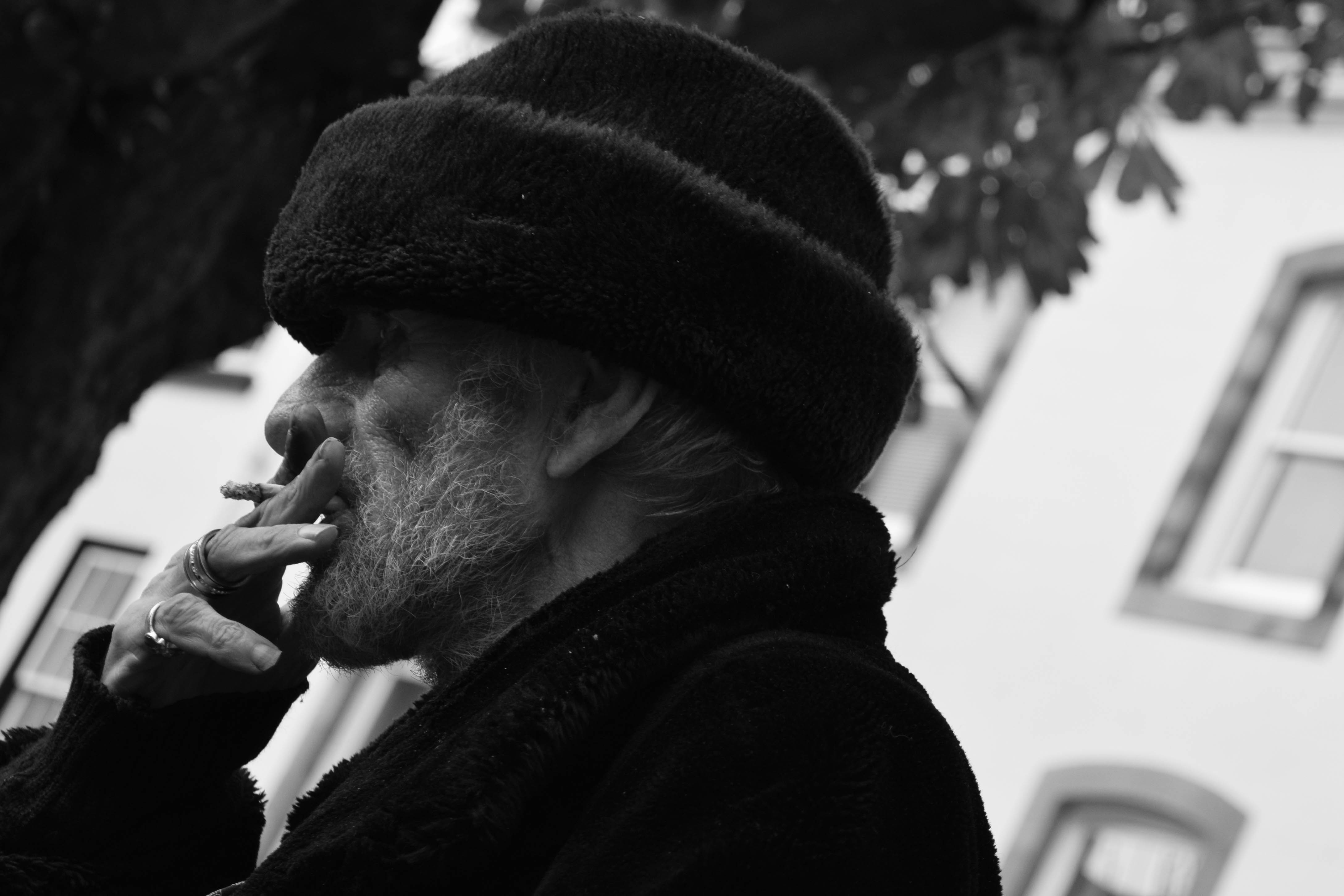

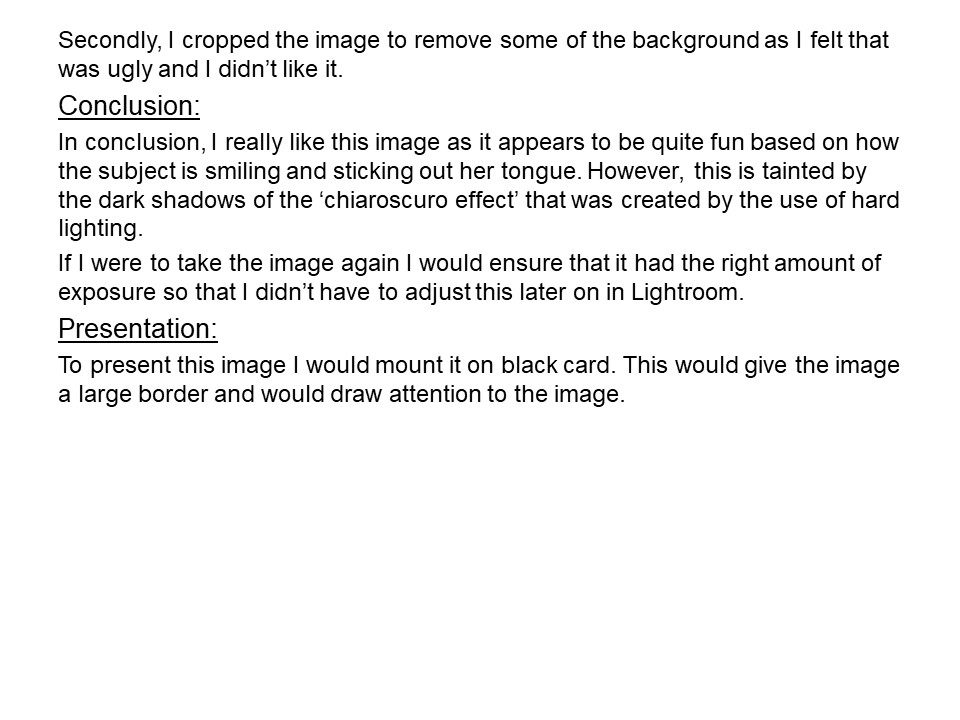
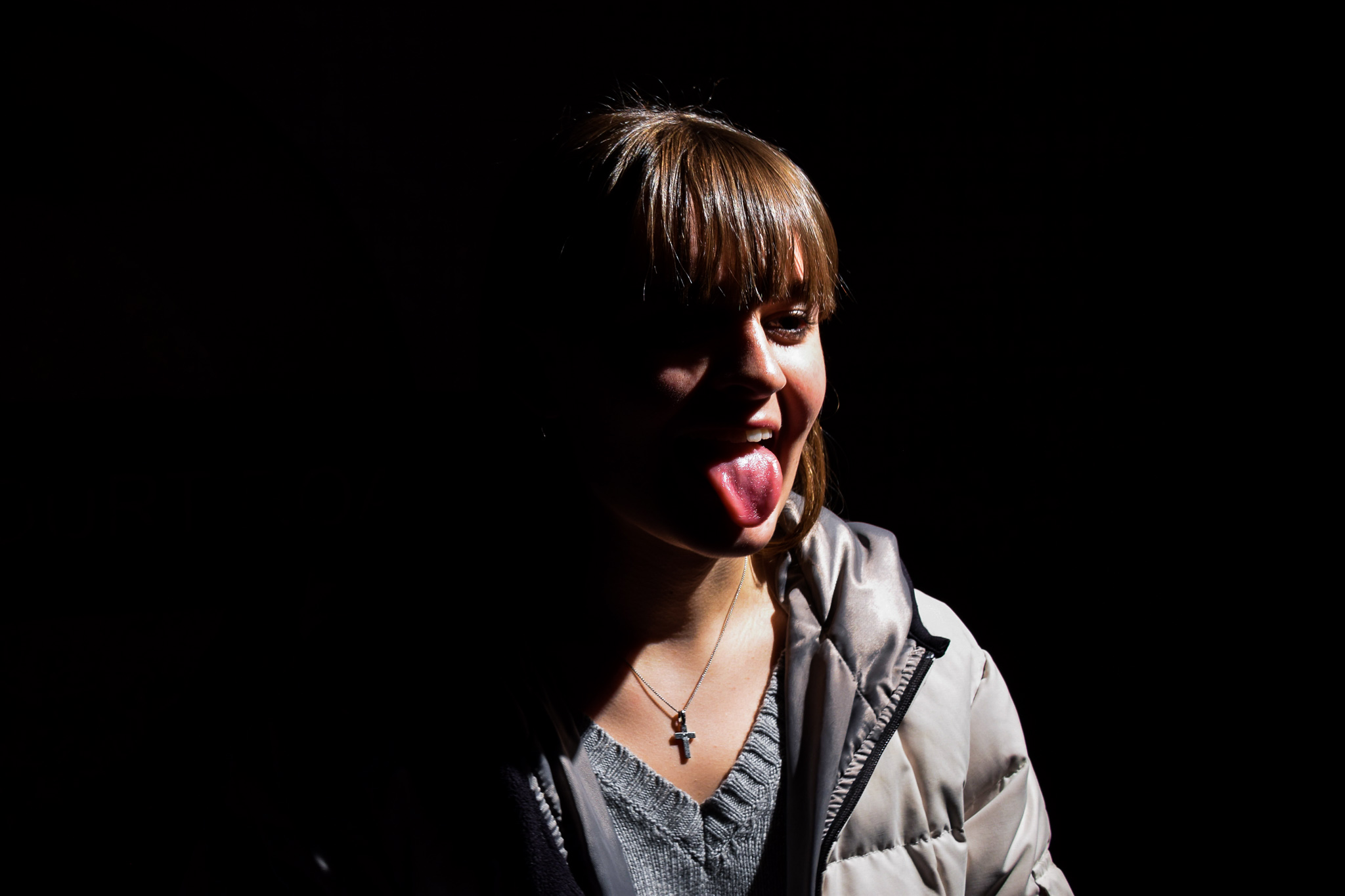
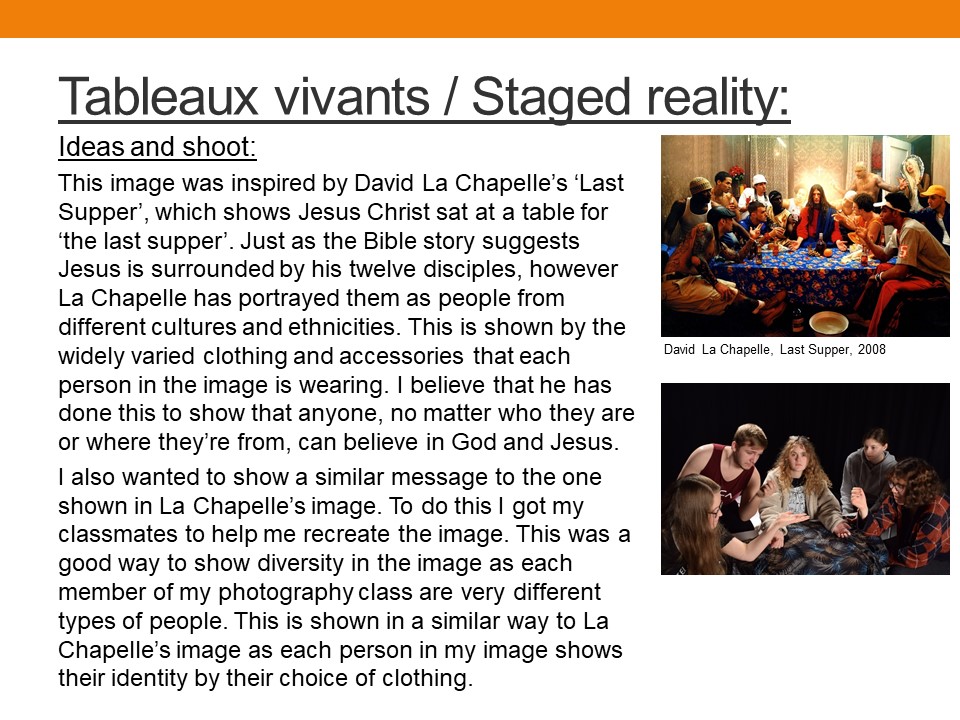
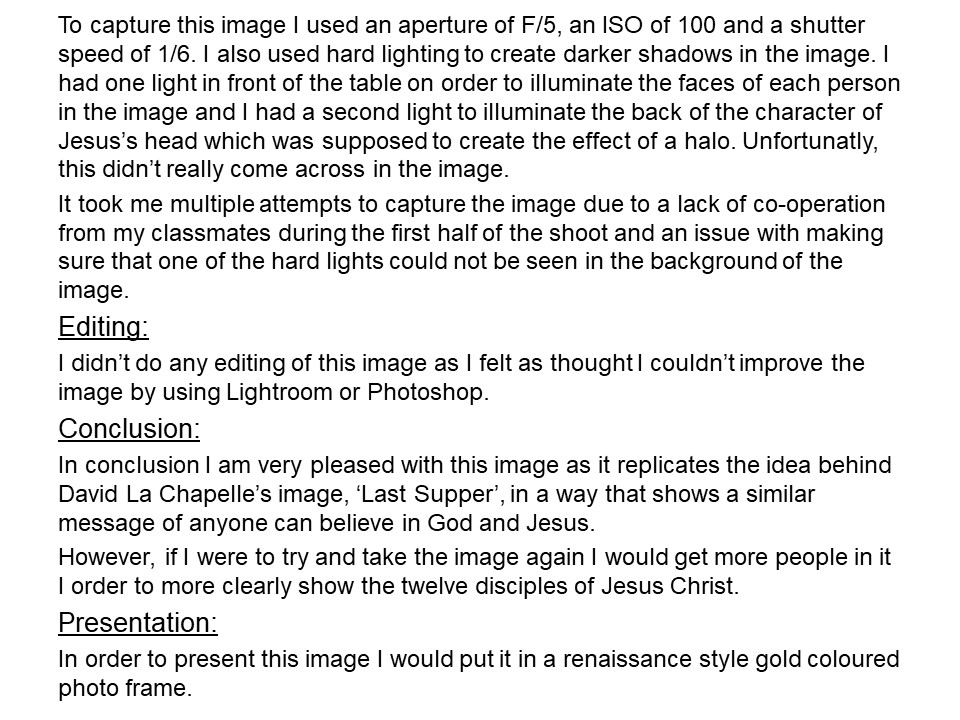

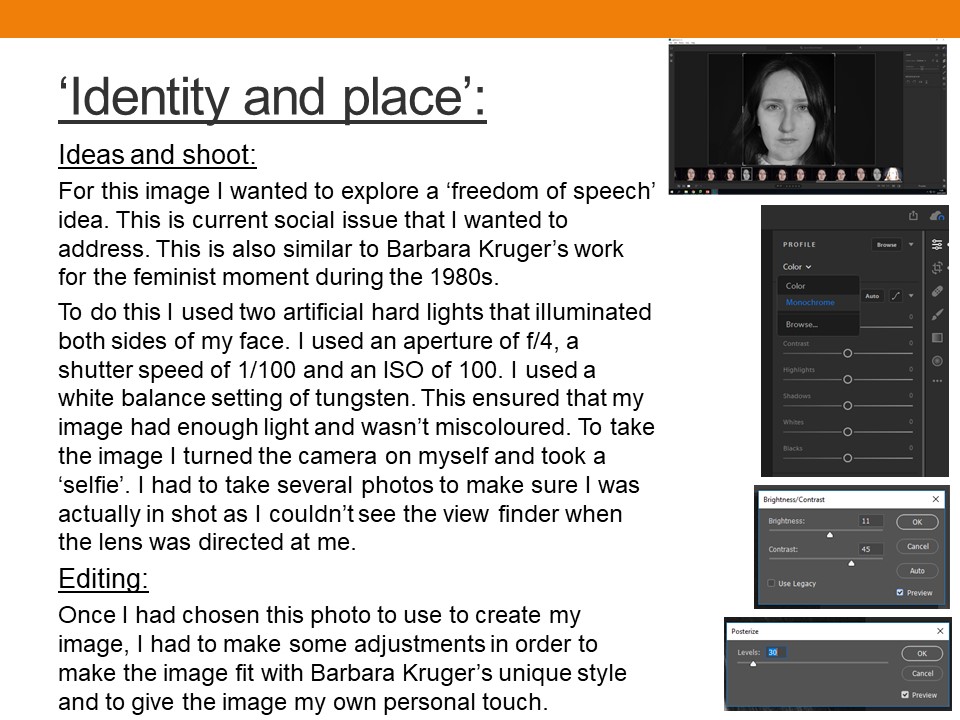


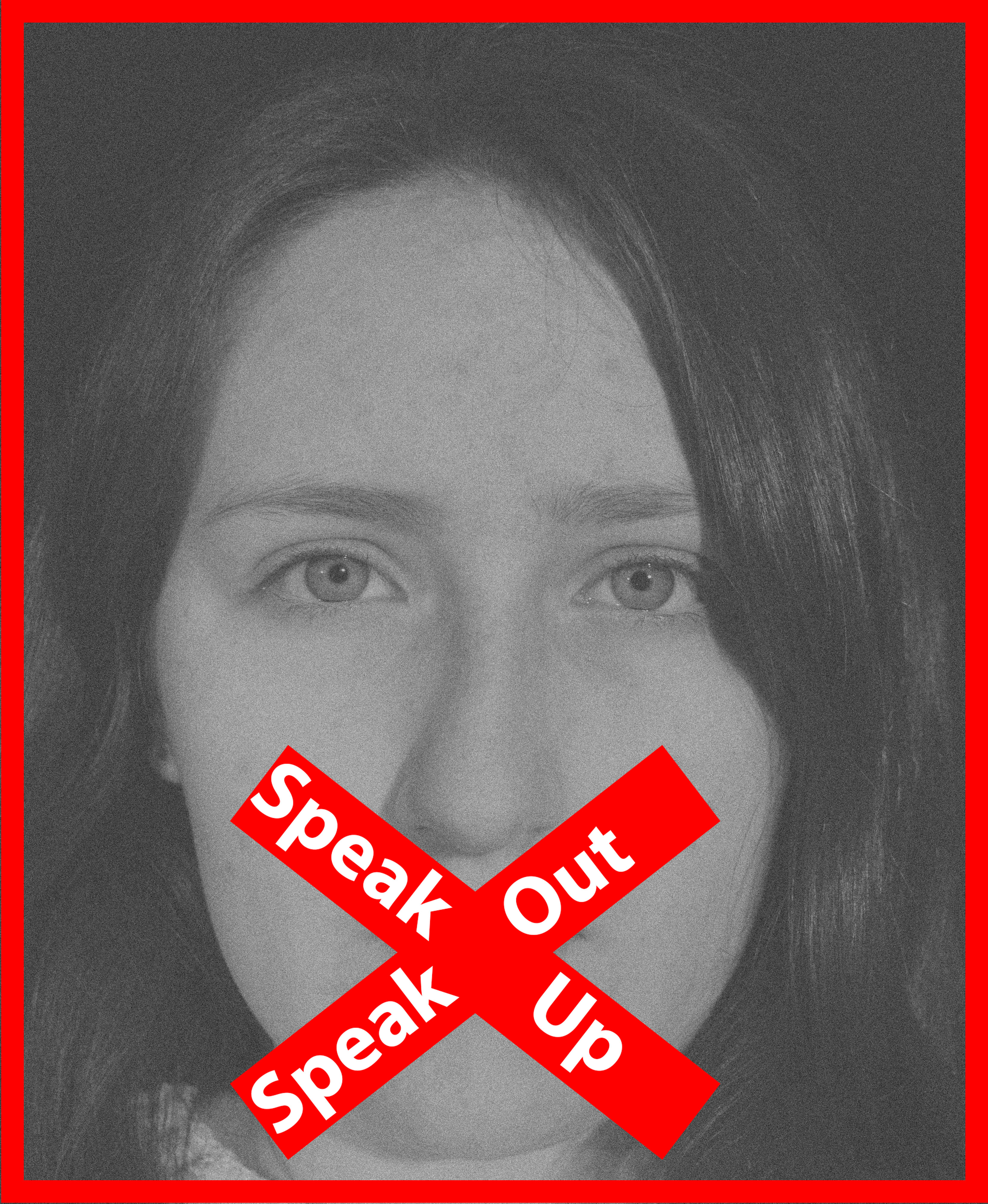
Daily Archives: January 30, 2019
Filters
Artist – David Hockney
David Hockney is an English painter, draftsman, printmaker, stage designer, and photographer. As an important contributor to the pop art movement of the 1960s, he is considered one of the most influential British artists of the 20th century. Hockney has owned a home and studio in Bridlington and London, and two residences in California, where he has lived on and off since 1964: one in the Hollywood Hills, one in Malibu, and an office and archives on Santa Monica Boulevard in West Hollywood, California. Hockney studied at the Royal College of Art, and featured in the exhibition ‘Young Contemporaries’ – alongside Peter Blake – that announced the arrival of British Pop art. He was associated with the movement, but his early works display expressionist elements, similar to some works by Francis Bacon. On 15 November 2018, Hockney’s 1972 work ‘Portrait of an Artist’ sold at Christie’s auction house in New York City for $90 million (£70 million), becoming the most expensive work by a living artist sold at auction. This broke the previous record, set by the 2013 sale of Jeff Koons’ Balloon Dog for $58.4 million.

Photo Analysis:

The photograph seems to have been taken in a office or work environment. The subjects of the photo are a women and a man who seem to be working on a piece of paper, possibly a word search or some sort of game in a newspaper. There seems to be different paintings or pictures in the background, which could mean that the people in the photo could be artists. Hockney has used natural lighting to take this photo. This means that there wont be any dramatic shadows on the subjects faces or in the background. Each overlapping photo has a different amount of light, so some are brighter than others. This gives the photo a distorted feel as the photos don’t align perfectly and the light is also different. One way Hockney might have changed the amount of light in the photos is by changing the shutter speed to allow more or less light into the lens, or he could have used the auto setting on the camera as the camera will automatically change it shutter speed and aperture and create the effect Hockney might have been looking for. The way the different segments of photos have been organised shows the movement the subjects were making and almost gives the image a sense of movement or that the photo is like a small video.
BARBARA KRUGER RESPONSE (experiment) FINALS
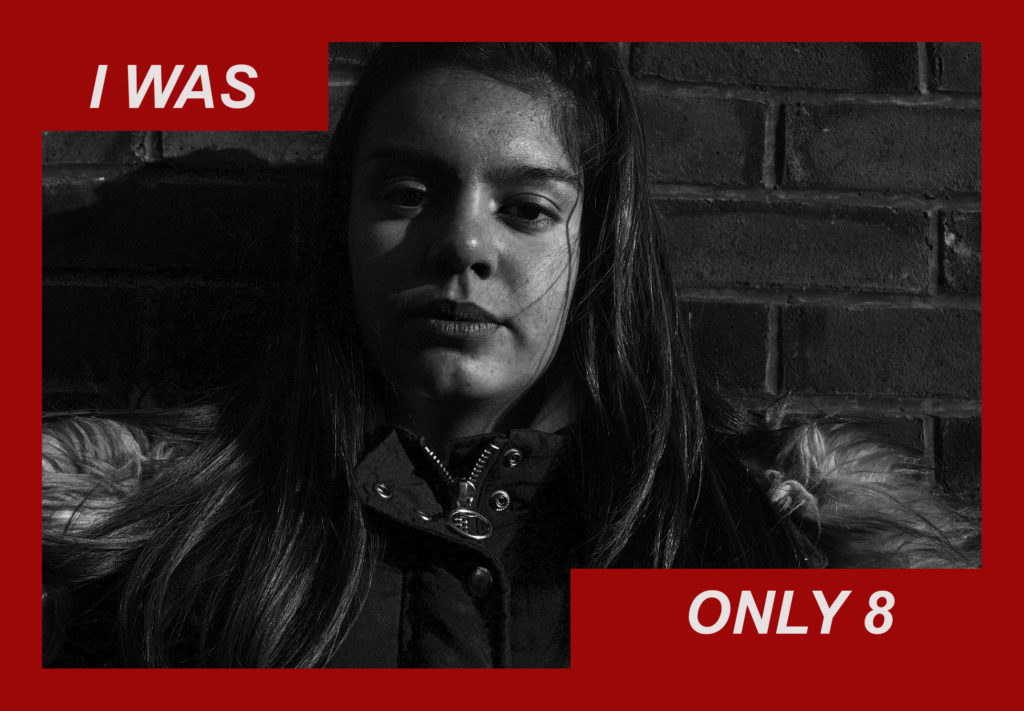
For my first edit I used a photo that was already quite dark, this was because I took this photograph as soon as I turned the camera on, the sun was only hitting one side of Katie’s face and therefore my camera was obviously on the incorrect settings, because the image came out extremely dark and shadowed, which I then tried to adjust while editing late on using the brightness and highlights settings.
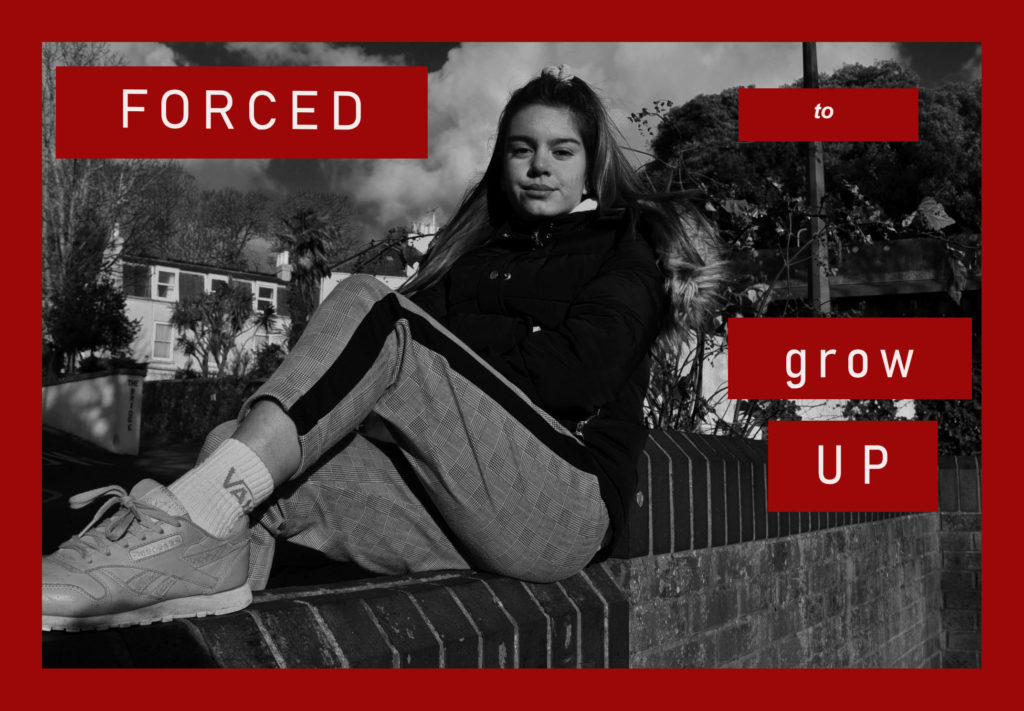
I personally think that this photo looks a lot better as it wasn’t so close up and so I had more room to place bigger text surrounding Katie, I also took this image whilst sunlight was surrounding her, and so therefore, even before editing, the image was brighter and lighter.
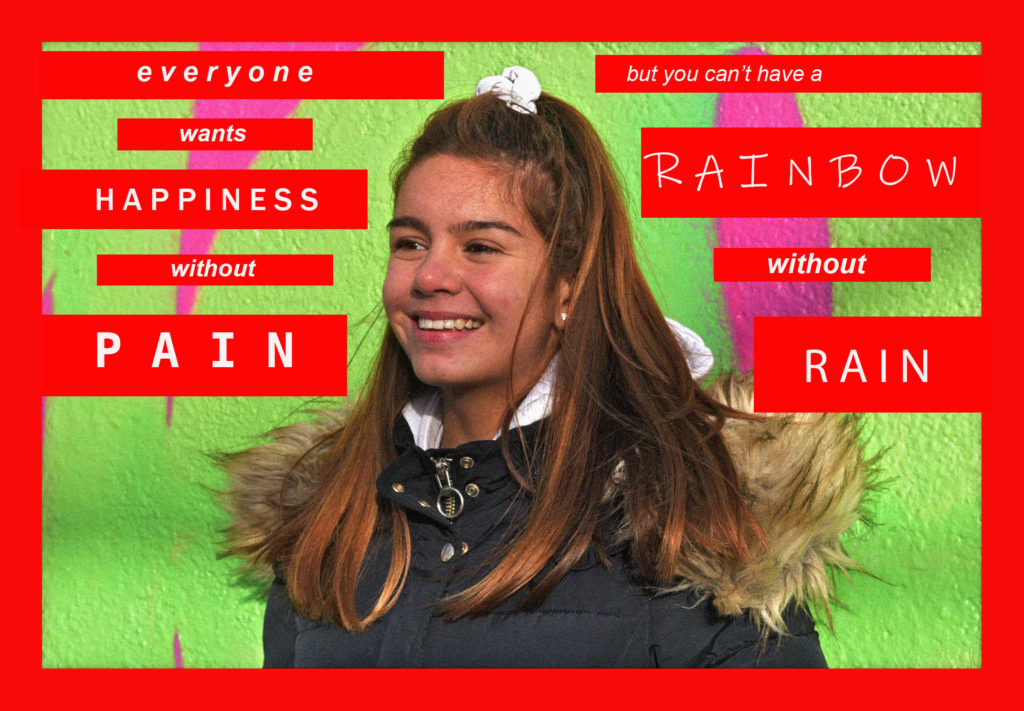
As this image was a lot more positive, I chose to keep and enhance the colours, and use a brighter red background, I don’t think that this image looked as effective as it could have, this is because the coulors, although bright, don’t particularly go with each other nicely.
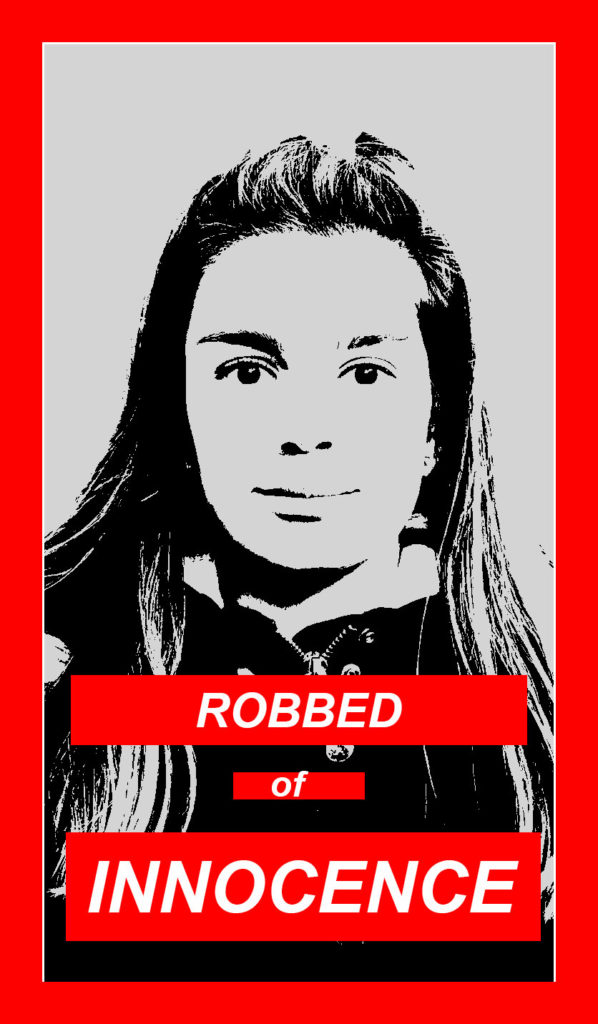
I think that this image was the most like Krugers out of all of my experiments, this is because Kruger uses extremely heavy editing and there is a lot of black contrast, I have edited this image using the ‘threshold’ tool on Photoshop and this is something that I’ll probably take into the editing of my final images.
